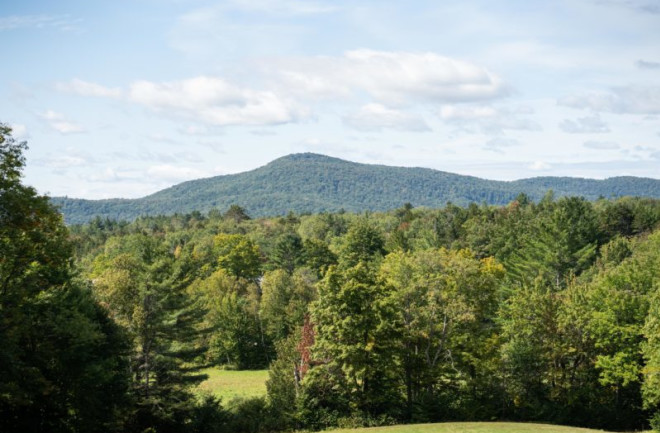This article was originally published by Nexus Media.
For Susan Benedict, it was a dream come true when, a few years ago, she inherited 2,000 acres of Northern Appalachian woods that surrounded her parents’ home in central Pennsylvania. The 63-year-old had grown up hunting squirrels, drinking fresh spring water and meandering down trails through the property, and she always hoped she would be able to care for it one day.
But managing the land turned out to be more complicated than she had imagined. A sudden infestation of spongy moths led to widespread root rot, killing thousands of trees. Ferns, stilt grass and other invasive species then took over forest ground, preventing seedlings from sprouting. The high upkeep costs and property taxes soon became too much for Benedict to bear.
“Whenever I got a bill, I was like, ‘Oh my gosh! How do I pay for it?’,” she recalls.
Benedict’s situation is not unique. Families and individuals collectively control 39 percent of U.S. forestland, in parcels averaging 66 acres. If managed well, that land, estimated to total nearly 300 million acres, could absorb about 350 million metric tons of CO2 per year, or about as much as 78 million fuel cars emit.







